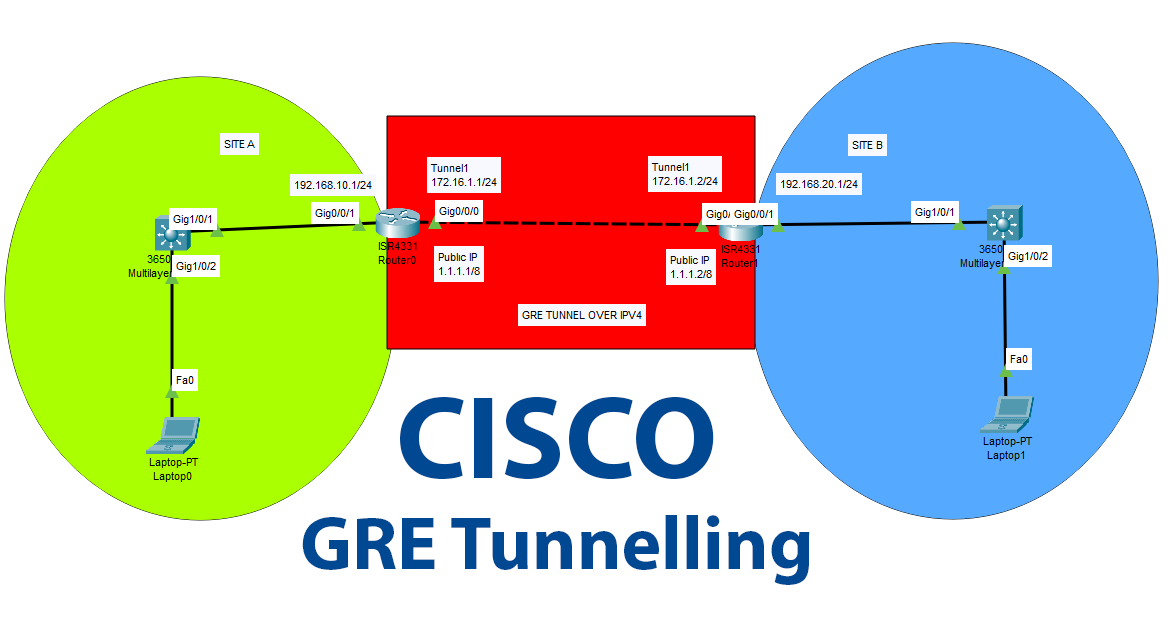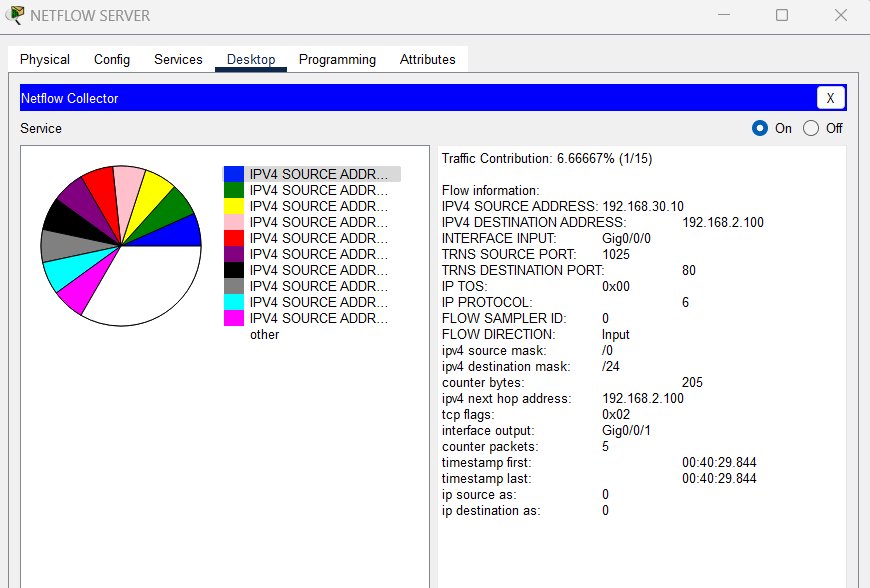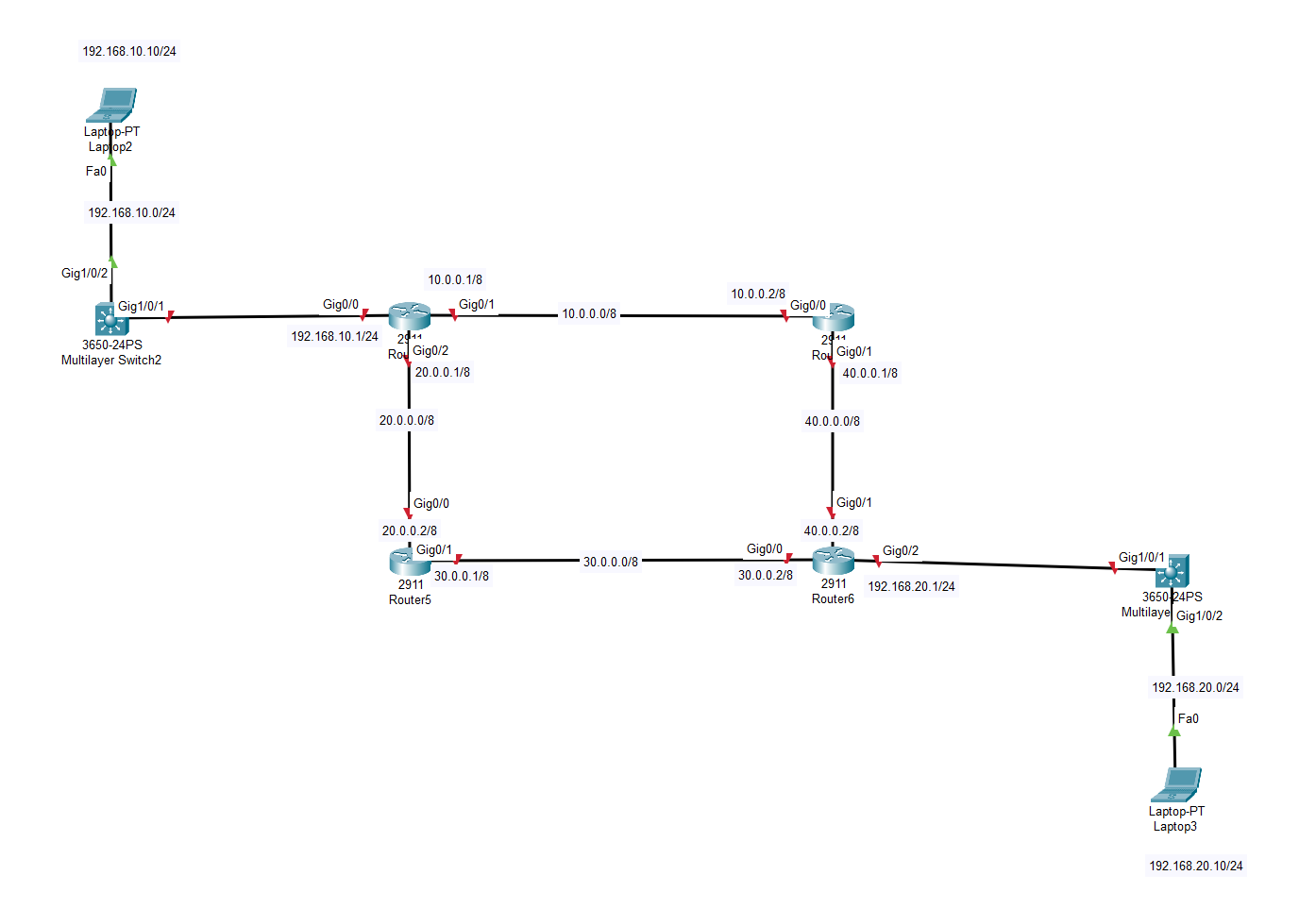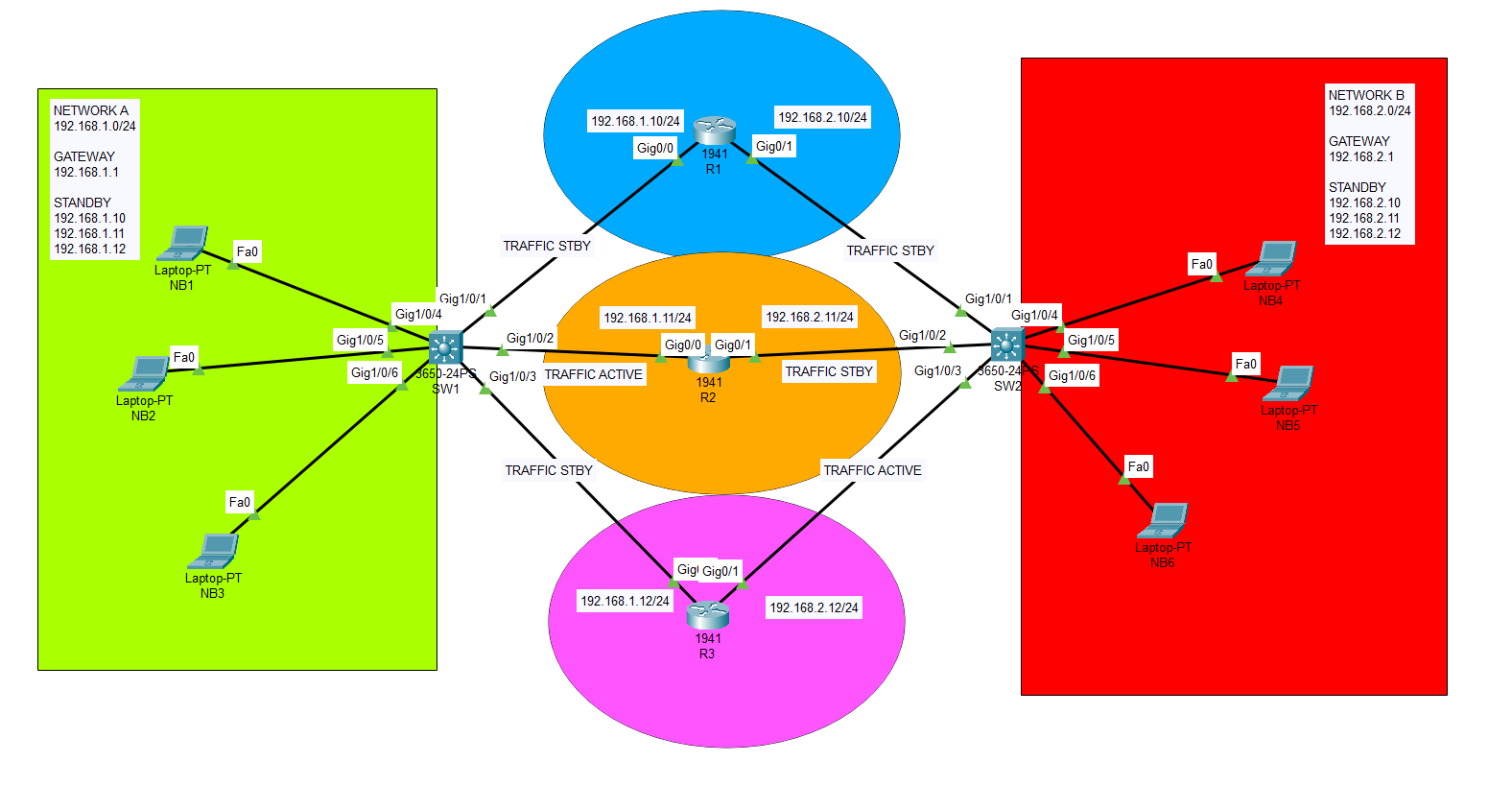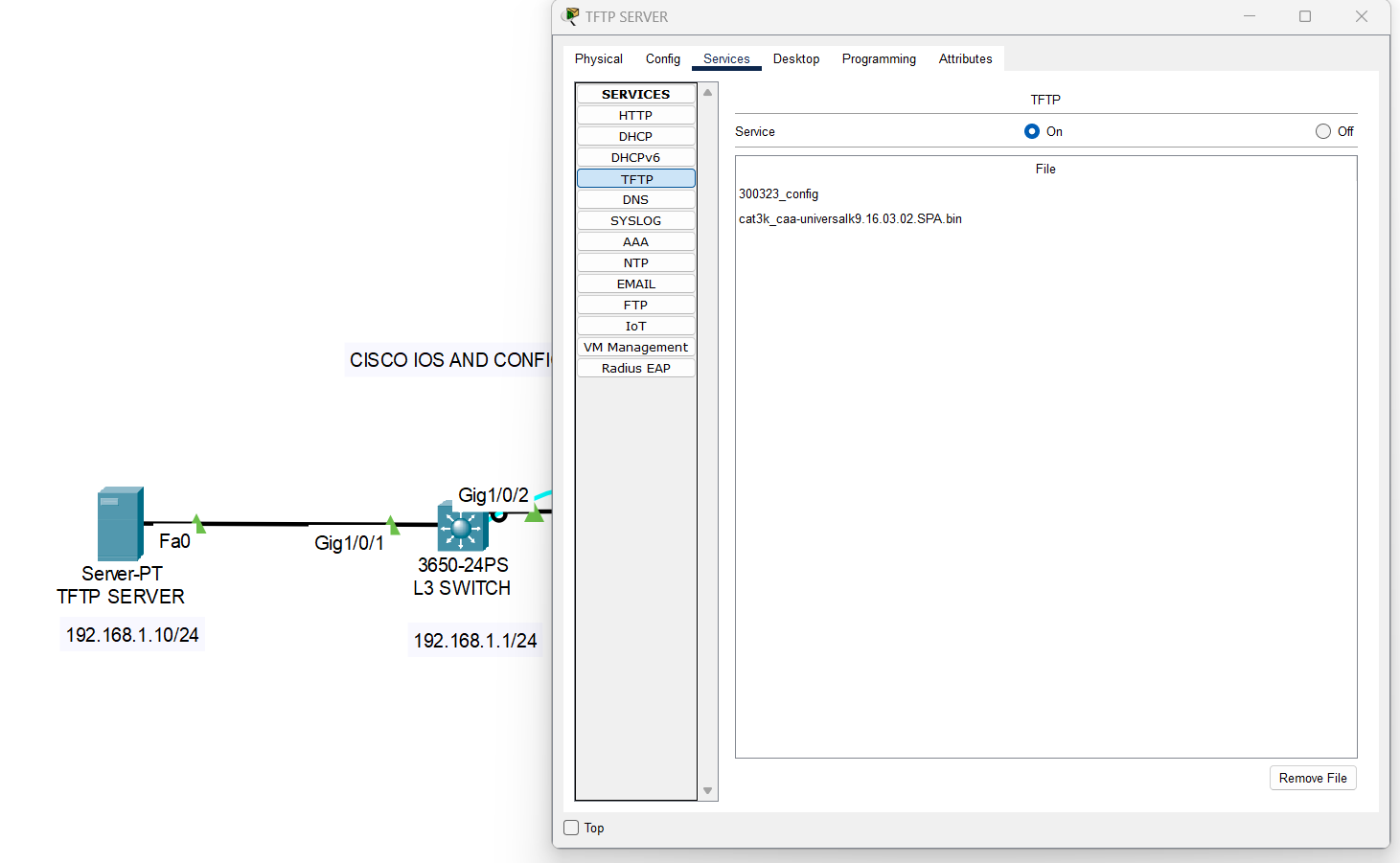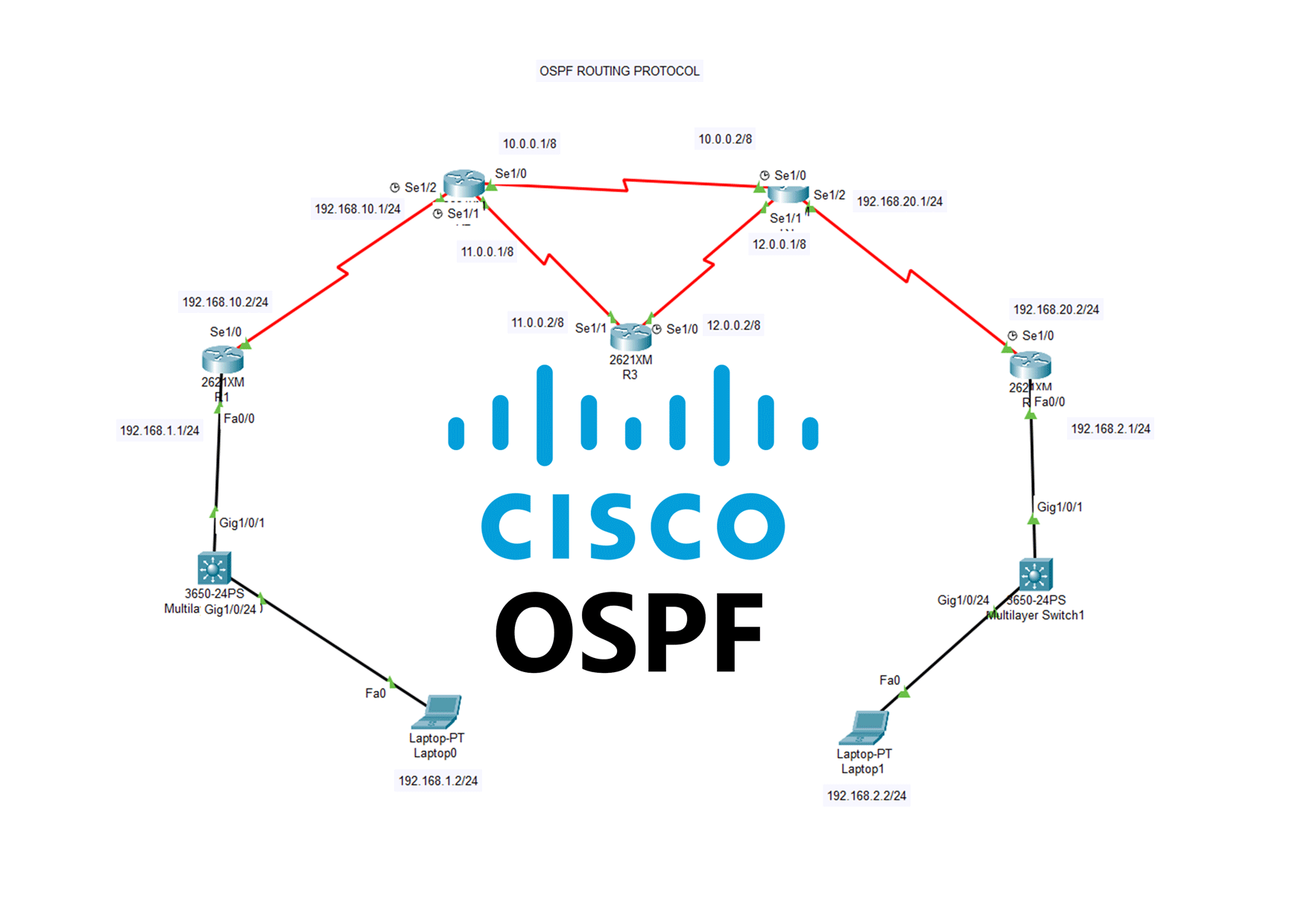Router On A Stick Method for Layer 2 switches (ROAS Inter-vlan Legacy Communication) CISCO
In this lab, we will inspect how intervlan communication handled on Layer-3 Router with Router On a Stick model. If you have layer 2 switches for end devices, then you will need a layer 3 router or switch for intervlan communication. Layer 2 devices cannot do IP routing between VLAN gateways (SVIs) so therefore you […]
GRE Tunnels between multiple sites
A GRE (Generic Routing Encapsulation) tunnel in Cisco is a method of encapsulating and tunneling network traffic over an IP network. It allows the creation of a virtual point-to-point link between two endpoints, typically routers or switches, across an existing network infrastructure. Here’s how it works: GRE tunnels are often used for various purposes, such […]
What is Netflow protocol? Deployment of Netflow server
NetFlow is a network protocol developed by Cisco that is used for network traffic monitoring and analysis. It allows network administrators to collect and view information about the traffic flowing through their network devices, such as routers and switches. A NetFlow server, sometimes referred to as a NetFlow collector or analyzer, is a system or […]
What is RIP Protocol in networking? How implement RIP on routers?
RIP, which stands for Routing Information Protocol, is a distance-vector routing protocol used in computer networking and particularly in Cisco networking equipment. RIP is one of the oldest and simplest routing protocols used to exchange routing information between routers in a network. Cisco routers can be configured to use RIP for routing purposes. Here are […]
Syslog Server implementation for Cisco network devices
On Cisco networking devices, a syslog server refers to a system or application that collects, stores, and manages log messages generated by the Cisco devices. These log messages contain valuable information about the operation, performance, and events occurring on the network equipment. The syslog server helps network administrators and engineers to monitor, troubleshoot, and analyze […]
What is HSRP protocol? How to implement on the network?
HSRP, or the Hot Standby Router Protocol, is a Cisco proprietary protocol that enables two or more routers to work together in a group to present the illusion of a single virtual router to hosts on a LAN. The main purpose of HSRP is to establish network redundancy and avoid single points of failure, thus […]
Cisco WLAN Controller with VLANs through multiple SSIDs
Let’s start configuring our VLANs and ports. We will create 3 VLANs on SW1 core switch. One of them will serve as Management subnet, others will serve as Office and Guest networks. Upon completion of VLAN and port configurations, we will start configuring Cisco Wireless Controllers and our Cisco Access Points. Both access points will […]
Cisco IOS and running-config backup to TFTP server
Backing up the Cisco IOS and running-config is extremely important for several reasons: To summarize, backing up the Cisco IOS and running-config is critical for ensuring network availability, performance, and security. It is a best practice that all network administrators should follow to avoid potential issues and minimize downtime. First create your TFTP server on […]
What is OSPF Protocol? How to implement it on enterprise networks?
OSPF (Open Shortest Path First) is a routing protocol used in computer networks to exchange routing information among routers. It is an Interior Gateway Protocol (IGP) and is commonly used in large enterprise networks and service provider networks. OSPF works by having routers send link-state advertisements (LSAs) to all other routers in the network. These […]
What is NTP (Network Time Protocol) ? How to configure it on Cisco switches/routers?
Network Time Protocol (NTP) is a protocol used to synchronize the time on computers and other network devices. It works by sending messages between computers to determine the exact time and date. NTP is an important part of any computer network, as it ensures that all devices have the same time and date. This makes […]

